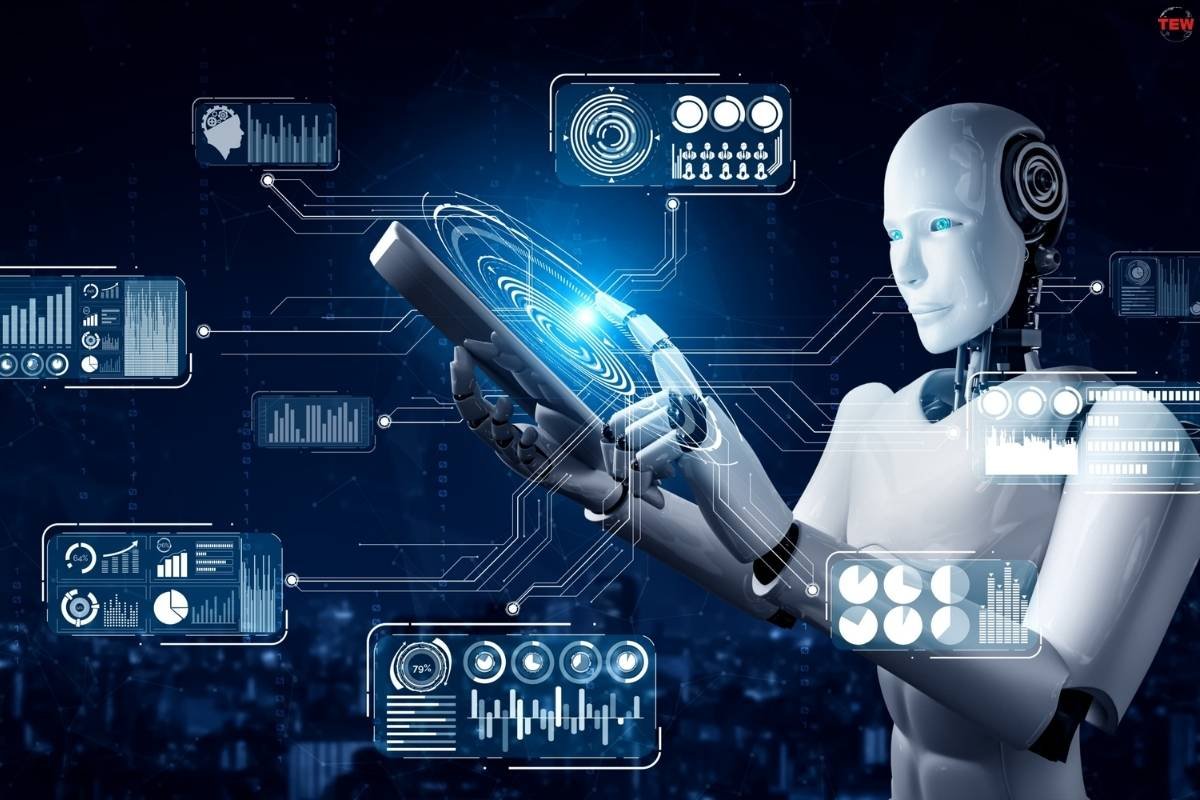In the rapidly evolving world of digital identity, the pace of change is unprecedented. As we progress further into the digital age, the importance of secure and reliable digital identities is more crucial than ever. The year 2024 is poised to usher in a multitude of innovations and trends in the realm of digital identity trends, ranging from advanced biometrics to the integration of artificial intelligence and machine learning. This transformation aims to meet the evolving needs of businesses, individuals, and government agencies.
Digital identity trends are continuously adapting to address growing concerns related to identity fraud, security measures, and user experience. The rise of digital ID verification software, decentralized identity systems, and the expansion of identity and access management trends are reshaping the digital identity landscape. In the next few years, we can anticipate significant developments in top identity trends that will redefine how we establish, verify, and protect our digital identities.
Advanced Biometric Verification
The role of AI technology in biometric verification is evolving towards more sophisticated and secure forms. While fingerprint and facial recognition technologies have already made their mark, emerging ID trends indicate a shift towards advanced biometric verification methods.
Artificial Intelligence and Machine Learning

The integration of artificial intelligence (AI) and machine learning (ML) is revolutionizing identity verification. AI-powered systems equipped with pattern recognition capabilities can identify anomalies and detect fraudulent attempts in real time. Machine learning algorithms act as adaptive detectives, continuously evolving to recognize and respond to new identity fraud tactics, enhancing the overall accuracy of the verification process.
1. AI-Powered Systems: Detecting Anomalies:
AI-powered systems analyze patterns and behaviors to identify outliers and inconsistencies, adding an invaluable layer of security to the verification process.
2. ML Algorithms: The Adaptive Detectives:
Machine learning algorithms, unlike static rule sets, learn and evolve over time, effectively identifying new identity fraud tactics and improving accuracy.
3. Liveness Checks:
Liveness checks are set to play a crucial role in biometric verification in 2024, adding an extra layer of security by ensuring the genuine presence of the individual undergoing verification.
4. Ensuring Physical Presence:
Liveness checks require users to perform real-time actions, such as smiling, blinking, or speaking a specific phrase, thwarting attempts to use static images or pre-recorded videos.
5. Widening Adoption:
Anticipate a broader adoption of liveness checks across various industries, from financial institutions to e-commerce platforms, as a standard practice to ensure the legitimacy of the identity being verified.
Age Verification

In the realm of biometric technology, age verification has emerged as a noteworthy trend, particularly in sectors with age-restricted content such as online gaming. Biometrics, playing a pivotal role, streamline user experience by swiftly confirming users’ age through a user-friendly process. This not only enhances security but also replaces manual checks with the efficiency of biometric verification.
Mobile Identity Verification
As we step into 2024, mobile identity verification takes center stage in digital identity trends, leveraging the ubiquity of smartphones. Harnessing the capabilities of these devices, this trend offers a versatile and user-friendly method for confirming one’s identity. Enhanced camera features, improved biometric sensors, and augmented reality contribute to the accuracy and security of this process, making it particularly relevant for industries like banking, where a frictionless verification process is paramount.
Growth of the Identity Verification Market
The identity verification market is witnessing exponential growth, propelled by the escalating volume of digital transactions and the surging demand for secure access to online services. Amidst this surge, both start-ups and established players are engaged in a competitive race to deliver robust and user-friendly identity verification solutions. This growth is further fueled by heightened security needs, evolving regulatory requirements, and a collective desire to enhance the overall user experience.
Artificial Intelligence and Machine Learning Integration
The integration of artificial intelligence (AI) and machine learning (ML) into identity verification heralds a new era marked by efficiency and accuracy. These technologies not only enhance anomaly detection and fraud prediction but also contribute to the continuous improvement of the verification process. As the market matures, AI and ML-driven identity verification solutions are becoming indispensable within digital identity trends in staying ahead of the ever-evolving landscape of threats.
Regulatory Compliance and Data Security
The identity proofing and verification trends landscape responds to stringent regulatory requirements and growing data security concerns by prioritizing compliance with industry standards such as GDPR, KYC, and AML. The market is evolving to offer sophisticated solutions that not only verify identities but also prioritize the protection of sensitive personal information. Traditional methods like passwords and PINs are gradually giving way to more secure biometric authentication methods, including facial recognition, fingerprint scanning, and voice recognition.
Focus on Digital Hygiene
Digital hygiene, a focal point in 2024, encompasses practices to maintain clean, secure, and healthy digital identities. With increasing awareness of identity theft and online threats, individuals are encouraged to adopt measures like regular password updates, two-factor authentication, and proactive privacy settings management. Organizations are playing a significant role in educating and implementing security measures to safeguard sensitive data.
Evolution of Multi-Factor Authentication (MFA)

The identity verification market’s commitment to fortifying security measures is evident in the evolution of Multi-Factor Authentication (MFA) systems. MFA combines multiple verification methods, such as passwords, biometrics, and one-time codes, enhancing the authentication process across various sectors and contributing to the market’s continuous expansion.
Biometric Advancements and Liveness Checks
Biometric technology is undergoing continuous advancements, with an increasing emphasis on liveness checks. These checks ensure that the biometric data captured is from a live person, preventing fraudulent attempts to use static images or recordings for identity verification. The integration of liveness checks adds an extra layer of security, making it more challenging for malicious actors to bypass the verification process.
Industry-Specific Identity Verification Solutions
Different industries are adopting identity verification solutions tailored to their unique needs. For example, healthcare is implementing biometric patient verification to enhance medical record security, while the travel industry is exploring contactless biometric identification for seamless airport experiences. The customization of identity verification solutions for specific sectors underscores the market’s adaptability to diverse industry requirements.
Biometric Privacy and Ethical Considerations
The increasing reliance on biometric data raises concerns about privacy and ethics. As the use of facial recognition and other biometric technologies becomes more prevalent in digital identity trends, there is a growing need for transparent and ethical practices. Regulatory bodies are actively addressing these concerns, shaping the future landscape of identity verification to prioritize user consent, data protection, and ethical considerations.
Conclusion
In 2024, the digital identity trends is undergoing rapid transformation, driven by the urgent need for secure, convenient, and user-friendly verification solutions. Advanced biometric verification, the integration of AI and ML, liveness checks, a renewed focus on digital hygiene, and the prominence of mobile identity verification are the defining ID trends. As the identity verification market expands, and innovations continue, the future promises heightened security, convenience, and peace of mind in our increasingly digital world. Staying informed and adapting to these emerging trends will be crucial for individuals, organizations, and regulatory bodies alike.




